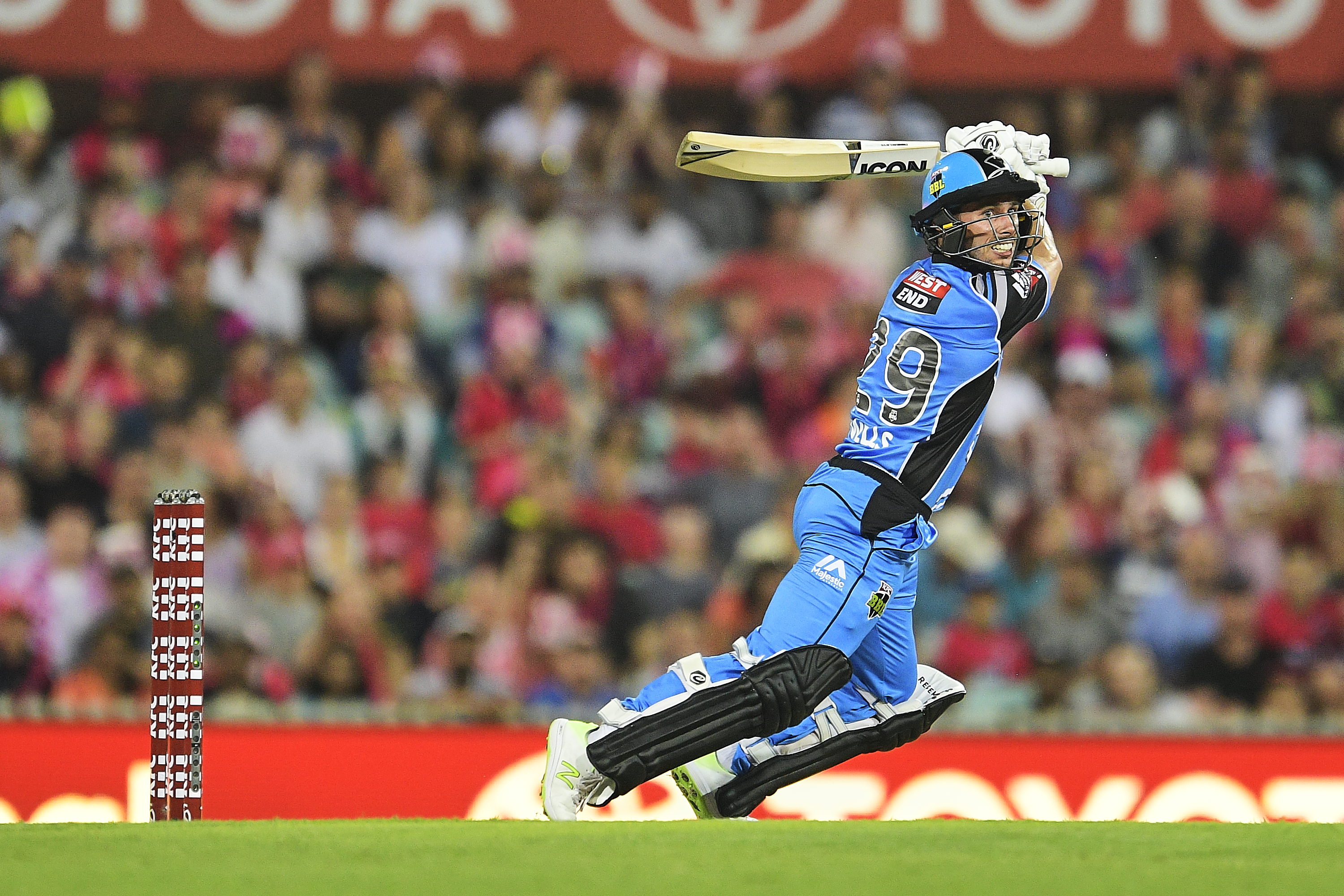What can Australia take away from BBL 09 ft. big-hitter scarcity and golden wicket-keeper era
The longest BBL season in history came to its conclusion today and boy wasn’t it one hell of a ride. From one-sided encounters to nail-biting finishes to controversies to individual excellence, we had it all and frankly, at no point did it feel like we, as viewers, were being fatigued by the action.

Perhaps it was only fitting that like every BBL season ever, it ended with the Melbourne Stars ultimately choking after having dominated the initial stages of the tournament. A shortened and a one-sided game coupled with empty stands did make the final seem a bit underwhelming, but that in no way takes away the sheer euphoria that the tournament provided us with at different phases. However, it’s time for scrutiny; it’s time to get to the point. It’s time to analyze if the tournament actually ended up doing the one thing it’s supposed to do: strengthen Australian cricket by producing and moulding individuals who’d be ready to step onto the international stage. After 61 matches and 54 days of non-stop, exhilarating BBL action, I have come up with my six biggest takeaways for the tournament and what it means for Australia in the bigger picture.
Marcus Stoinis opening the batting - great for the Stars, not-so-great for Australia
Stoinis had the single most dominant season in the history of BBL by a batsman, scoring 705 runs and he, in a way, almost single-handedly propelled the Stars to the Final. The bad news, however, is that this is of no use to the national team. I was, in fact, not one bit surprised when he was left out of the South Africa T20s. By pushing himself up the order, Stoinis is virtually now competing with Warner and Finch - a battle that he’ll never win - and worse, has handicapped Australia in the ‘finisher’ department. He could have instead batted at #5, competed with just Mitch Marsh and made life so much more easier for both himself and Australia.
There is a scarcity of budding big-hitters in the country
After every single match - or at least after every week - I’ve found myself asking the same question over and over again: where are the big-hitters in the country? Once again it’s the same ol’ Maxwells and Marshs and Cuttings who are launching it out of the park and it is all but impossible to find a ‘new’ big-hitter who is not already a renowned name (or a veteran) in the Aussie cricketing fraternity. The repercussions of it - of not having enough firepower down the order - were seen in the India ODIs and it is now starting to become a genuine concern. They cannot cope with and rely on Maxwell and/or Mitchell Marsh forever.
Jonathan Wells and Beau Webster need to be groomed
Both Jonathan Wells and Beau Webster - the former in particular - were head and shoulders above every other Australian middle-order batsman in the tournament, and they offer hope. They are not quite your ‘big hitters’ but they do have the uncanny ability to read the game. They know how to pace their innings, don’t panic when the wickets tumble and know exactly when to launch. They are not quite young, but if groomed, there is no reason why they cannot do a job for the country in the future.
The country currently is in the midst of a golden era of wicket-keepers
Josh Philippe, Josh Inglis, Ben McDermott, Sam Harper - you name them. Australia are currently in the midst of a golden era of wicket-keepers - this excluding Alex Carey - but it is now their responsibility to groom them and ensure everyone transforms potential into performance. Each of them, at different stages of the season, showed they’re equally able with both bat and gloves and don’t necessarily need the gloves to warrant a place in the team. They won’t be needing to pick Peter Nevill in the WT20 anytime soon, that’s for sure.
Nathan Ellis is the find of the tournament
Here is my pick for the find of the tournament: Nathan Ellis. He is not tall like a Billy Stanlake nor does he have the pace of a Jhye Richardson. He does, however, possess peerless self-belief which, in turn, automatically catapults him over every other young bowler in the competition. It is also the reason why he’s been the best death bowler in the competition, bowling more overs and having a better economy rate at death than every bowler in the tournament. Australia are blessed with a plethora of new-ball bowlers but it is not quite the same when it comes to the death. You would think that someone like an Ellis - who won’t break and will back himself to get the job under pressure - would do a world of good for them in the WT20. Whether they are brave enough to take that risk is, however, a completely different question.
Adam Zampa is the big dog in T20s
No spinner in Australia, in T20 cricket especially, is even close to the level of Adam Zampa right now and that is the universal truth. You bring him with two set batsmen at the crease, he will dismiss one of them; you bring them with the opposition under pressure, he will run through them; you bring him with the bowlers under the pump, he will stop the hemorrhage. He can do anything and everything and effortlessly do it with elan. Not often do you see the captain throw the ball to a spinner in the last over of a final, but Maxwell did it today. And of course, Zampa delivered like he always does. Right now - and I say with conviction - he is a bigger weapon than Starc, Cummins, and Hazlewood.

Comments
Sign up or log in to your account to leave comments and reactions
0 Comments